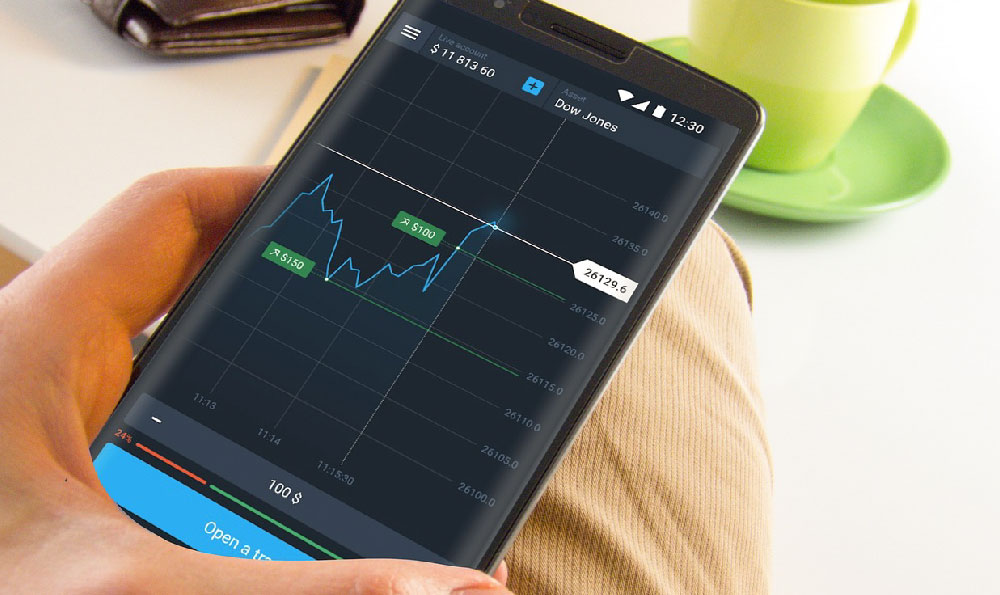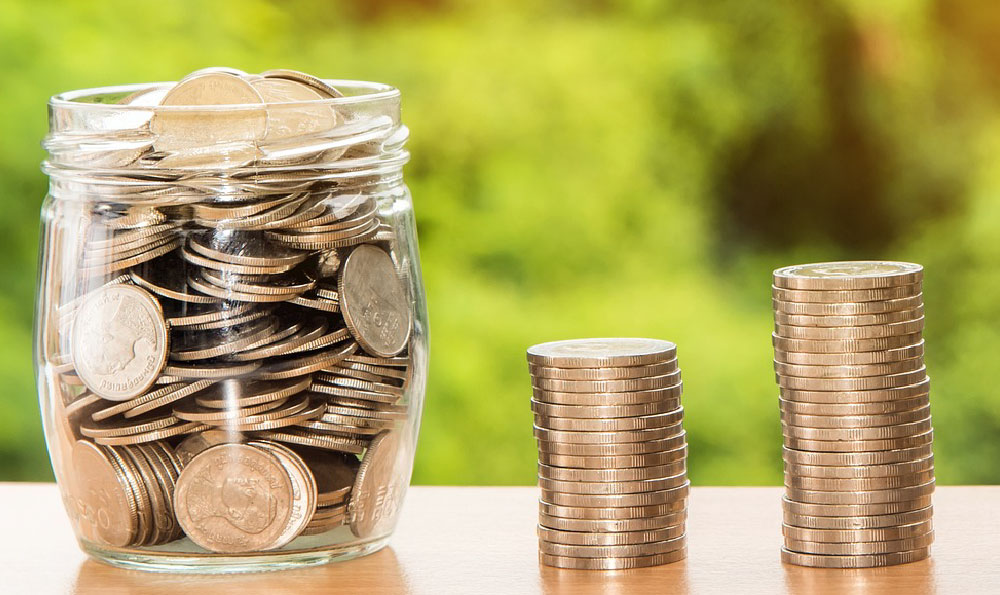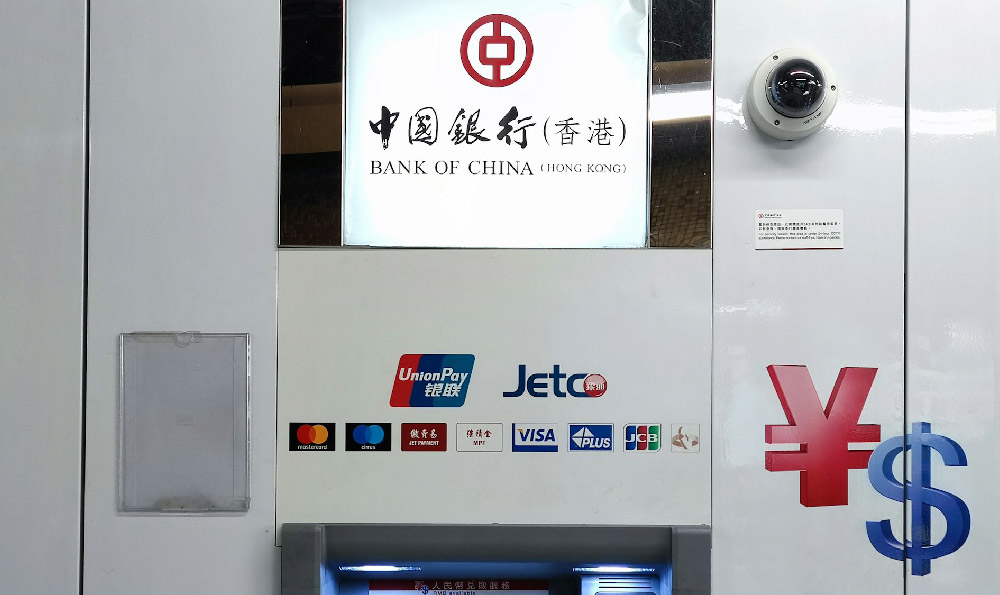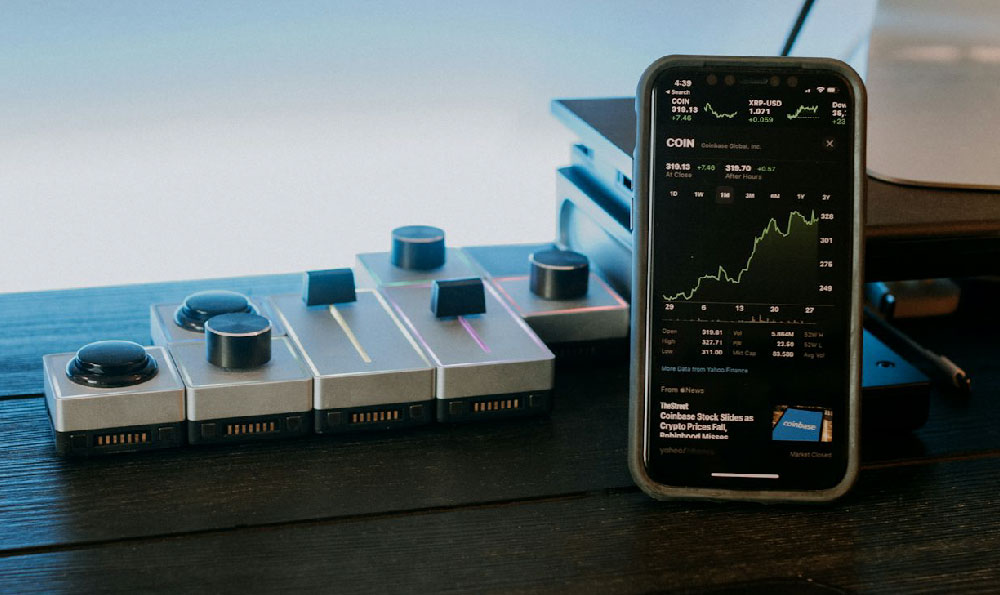
The allure of Spotify as a revenue stream for musicians is undeniable. Millions of listeners, a global platform, and the potential for exposure – it's a siren song for aspiring and established artists alike. However, the reality of "earning" on Spotify is far more complex than simply uploading a track and waiting for the royalties to roll in. Understanding the nuances of monetization, the strategies involved, and the potential pitfalls is crucial for anyone hoping to generate income from their music on this platform.
The fundamental way Spotify generates revenue for artists is through royalties paid per stream. When a user listens to your song, Spotify allocates a portion of its revenue to the rights holders of that song (typically the artist, publisher, and songwriter). This allocation is based on a complex formula involving the user's subscription type (premium vs. free), their geographic location, and the overall share of Spotify's revenue pool attributable to that song. The exact payout per stream varies significantly, hovering around fractions of a cent – estimates often cited range from $0.003 to $0.005 per stream, though these figures fluctuate constantly.
This microscopic payout per stream highlights the importance of volume. To generate substantial income, an artist needs to accumulate significant streams – millions, potentially. This is where strategic promotion, marketing, and fan engagement become paramount. Simply having great music isn't enough; you need to actively work to get it heard.

Several avenues exist for boosting your stream count. Firstly, playlisting is king. Landing your track on popular Spotify playlists, whether curated by Spotify's editorial team, independent curators, or even algorithmic playlists like "Discover Weekly" and "Release Radar," can drastically increase your visibility and stream count. Getting onto these playlists, however, is a competitive process. Building relationships with playlist curators, pitching your music effectively (including providing compelling data and a clear understanding of the playlist's target audience), and utilizing services that connect artists with curators can be beneficial. Remember, though, that paying for guaranteed playlist placements can often lead to inflated, inactive streams that ultimately harm your long-term reach.
Secondly, proactive promotion is essential. This involves leveraging social media platforms to drive traffic to your Spotify profile and music. Engaging with your fanbase, running targeted advertising campaigns, and collaborating with other artists to cross-promote each other's music can significantly increase your visibility. Think beyond simply posting links to your songs. Create engaging content around your music – behind-the-scenes videos, song explanations, lyric excerpts, and interactive polls – to foster a stronger connection with your audience and encourage them to listen on Spotify.
Thirdly, understanding Spotify's algorithm is crucial. The algorithm is constantly evolving, but it generally favors artists who consistently release new music, engage with their audience, and demonstrate organic growth. This means regularly releasing new tracks, actively responding to comments and messages, and building a genuine fanbase who actively listen to and share your music. Consider using Spotify for Artists to track your listener demographics, identify your top performing songs, and gain insights into how people are discovering your music. This data can inform your marketing strategies and help you tailor your music to resonate with your target audience.
Beyond per-stream royalties, Spotify also offers other avenues for monetization, albeit indirect. Increased exposure on Spotify can translate to higher ticket sales for live performances, merchandise sales, and licensing opportunities. Think of Spotify as a powerful marketing tool that can drive revenue streams outside of the platform itself. Building a strong online presence through Spotify can significantly enhance your overall brand and attract opportunities that wouldn't be available otherwise.
However, it’s important to acknowledge the challenges. The low payout per stream makes it difficult for many artists to generate a sustainable income solely from Spotify. Furthermore, the platform's algorithm can be opaque and difficult to understand, making it challenging to achieve consistent growth. There is also the issue of fake streams, which can artificially inflate an artist's stream count but ultimately harm their credibility and violate Spotify's terms of service.
Protecting your music and your earnings is crucial. Make sure you properly register your music with performing rights organizations (PROs) like ASCAP, BMI, or SESAC to collect royalties for public performances of your songs. Also, utilize a reputable music distributor that can handle the complexities of uploading your music to Spotify and ensuring you receive accurate royalty payments. Be wary of distributors that offer unrealistic guarantees or charge exorbitant fees.
In conclusion, while earning a substantial income directly from Spotify solely based on streams is a challenging endeavor, it's certainly not impossible. It requires a strategic approach that combines high-quality music with proactive promotion, a deep understanding of the platform's algorithm, and a focus on building a loyal fanbase. Thinking beyond per-stream royalties and leveraging Spotify as a marketing tool to drive revenue streams from other sources is essential for maximizing your potential earnings. Remember to protect your music, choose a reputable distributor, and constantly adapt your strategy to stay ahead of the ever-evolving landscape of the music industry. The path to monetization on Spotify is a marathon, not a sprint, and requires dedication, perseverance, and a willingness to learn and adapt.





